A quick look at the lists of the numerous offerings and inscriptions that the traditional Egyptian left on the walls of his temples and tombs, will make us cognizant of the good importance of bread, or living, because the public calls it in Egypt today, and also the word "living" was written on the temples on sacred bread, so he occupied the bread It became a significant center, so it became on top of the daily food of the traditional Egyptians, because it is served on the menus that the dead take with them, and therefore the offerings made to the gods in temples.
It was that sacredness that bread acquired or lived in Egypt, until it absolutely was crumbled by serving it in various forms, so ancient Egypt had nearly fifteen sorts of bread, and with the passage of ages and times reaching the fashionable state, those types increased until they reached what Nearly forty forms of Egyptian bread, which differed in forms between round, oval, wrapped and conical.
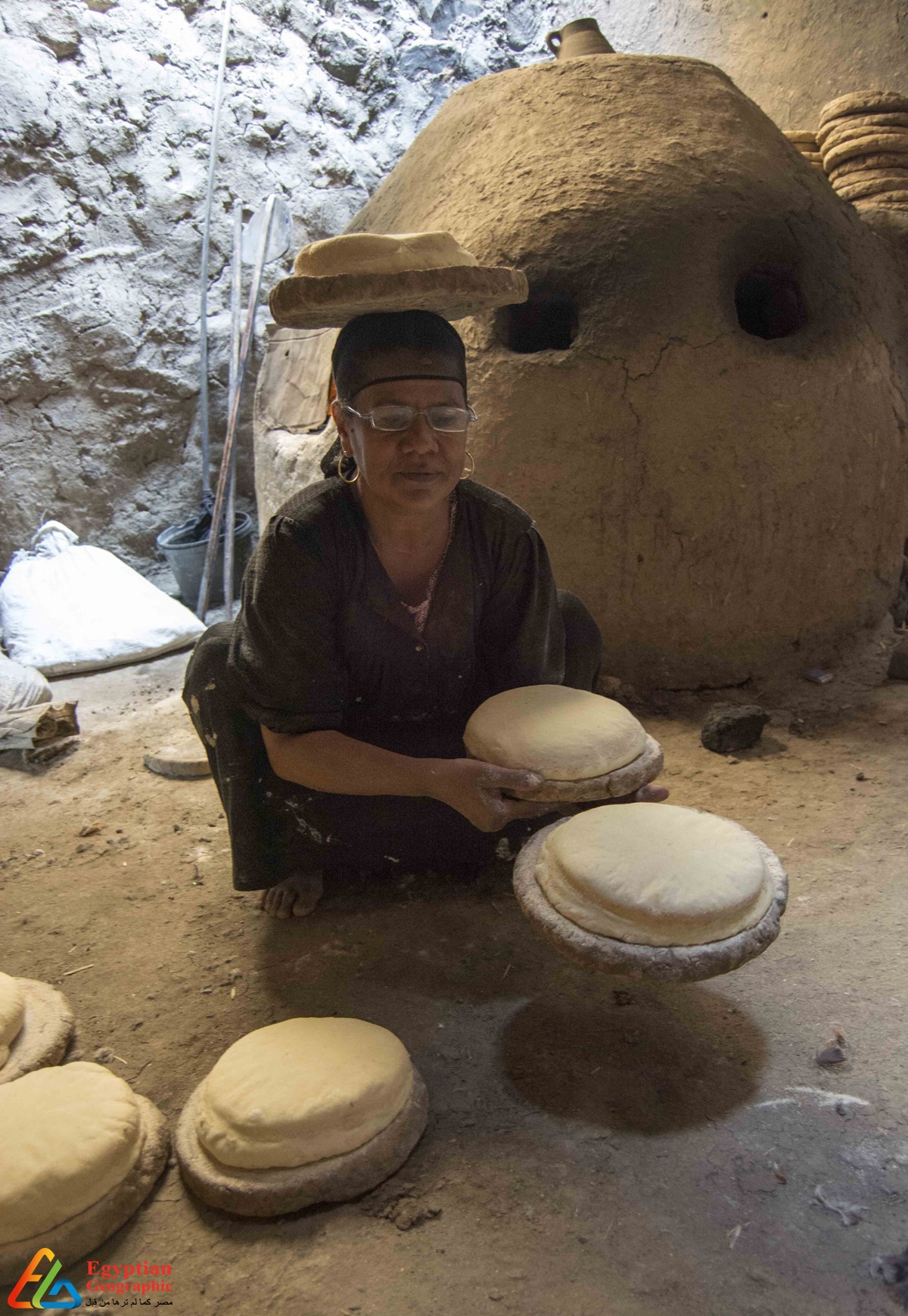
One of the foremost important of those species is that solar bread, or "maltot", which is that the main bread on the table of food in territorial division, and is created from whole wheat, and despite the age of solar bread failed to go extinct and remains manufactured within the same way that the Egyptians accustomed thousands of years ago, women are still in Upper Egypt is adhering to its preparation and even ensuring to expire the key of its industry to their daughters.
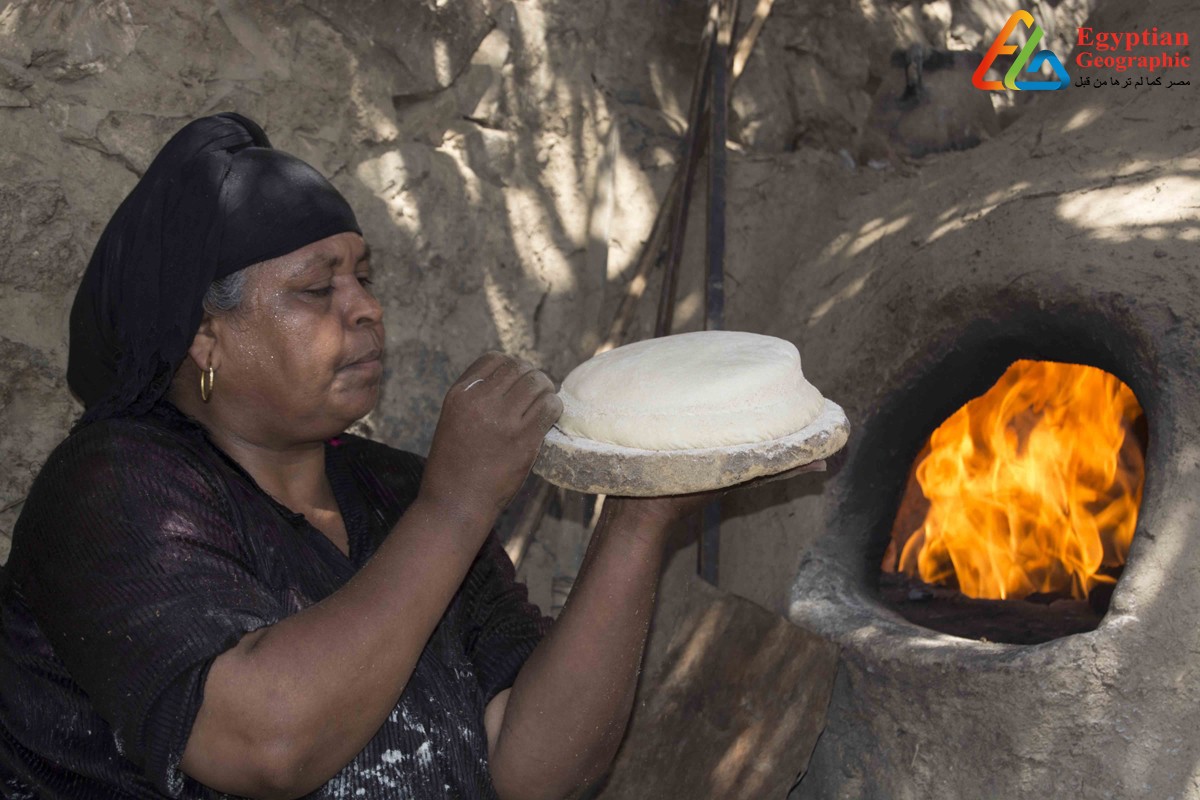
solar bread or "Al-Shamsi bread" is named this name because it's placed within the sun for a specific period until its completion. Solar life is characterized by its relatively large size, and it passes in its manufacture in six stages, namely the analysis of flour, preparation of yeast, kneading, slicing, cracking or cracking, stirring, and eventually stacking, so its industry requires patience and strength warrant the initial Egyptian woman, so we notice mostly the ladies of the massive family share In setting it up.

As for its way of creating it, which lasts for 2 whole days, it starts by analyzing the flour and purifying it from impurities and apostasy, after which a component of it's mixed with plight and brewery yeast, then the vessel is roofed with a decent cover and left until the subsequent morning, and on the second day, the dough was done by adding the remainder of the flour and water , Which takes about an hour, which needs a lady with physical strength, and so comes a process called "patting" the dough, that is, cutting it into alittle disk, which the ladies stack in circular plates product of clay and paper called a "cycle" to be placed under the sun until Fermentation is finished.

Because bread, as we said, is one in every of the sacred foods of the traditional Egyptian, the ladies of Upper Egypt failed to forget to brighten solar bread with these ancient Egyptian slogans, so one amongst the ladies participating within the dough performs the method of deformation by means of a commodity, or "palm fork", and defaming here means making a circular line Around the dough disc, within the middle the quantity 11 is drawn, and also the circular line may be a pharaonic belief symbolizing the god Ra symbol of the disc of the Sun. Meanwhile, the little municipal oven, made from clay, is heated by igniting it using the household waste to extend heat and ignition, then it's He put it inside the oven with a wooden racket-like device called a "hammer", and after it had been completely leveled it had been taken out of the oven, and put it in a very bowl of wicker or paper called "sprinkle", which may be a large and enormous vase for living.
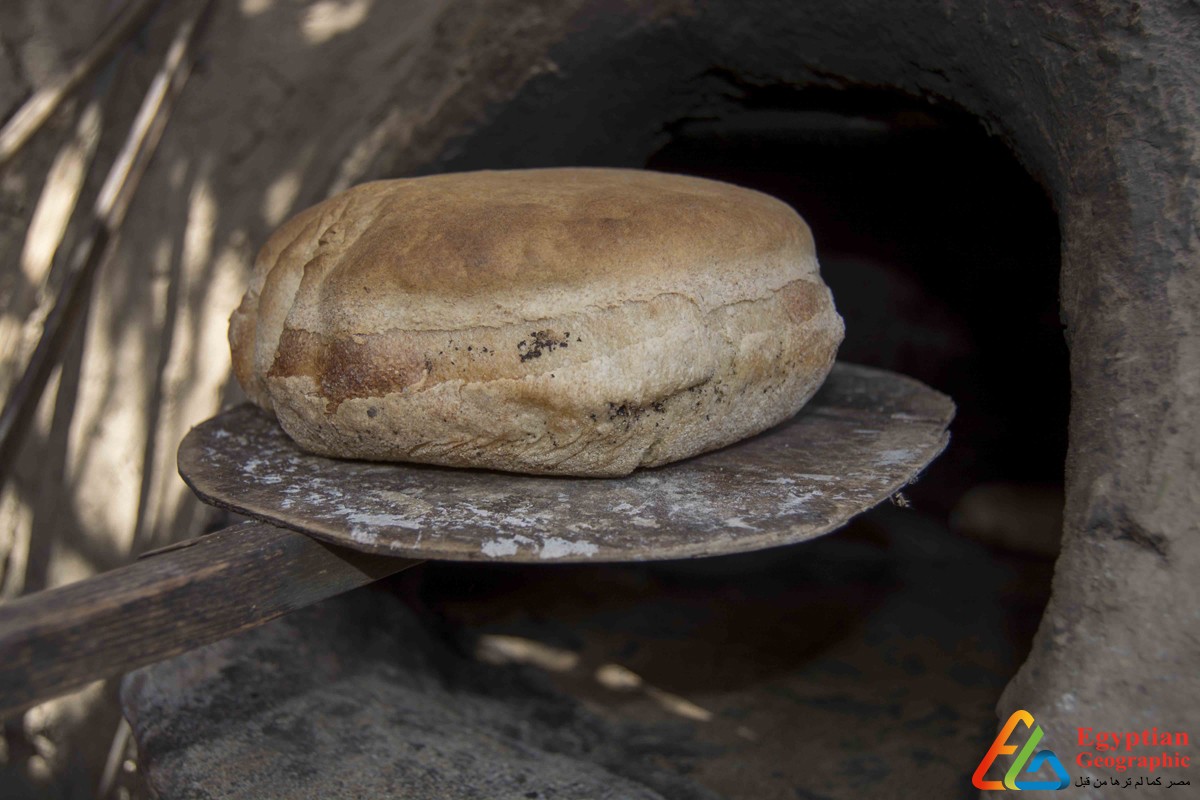




























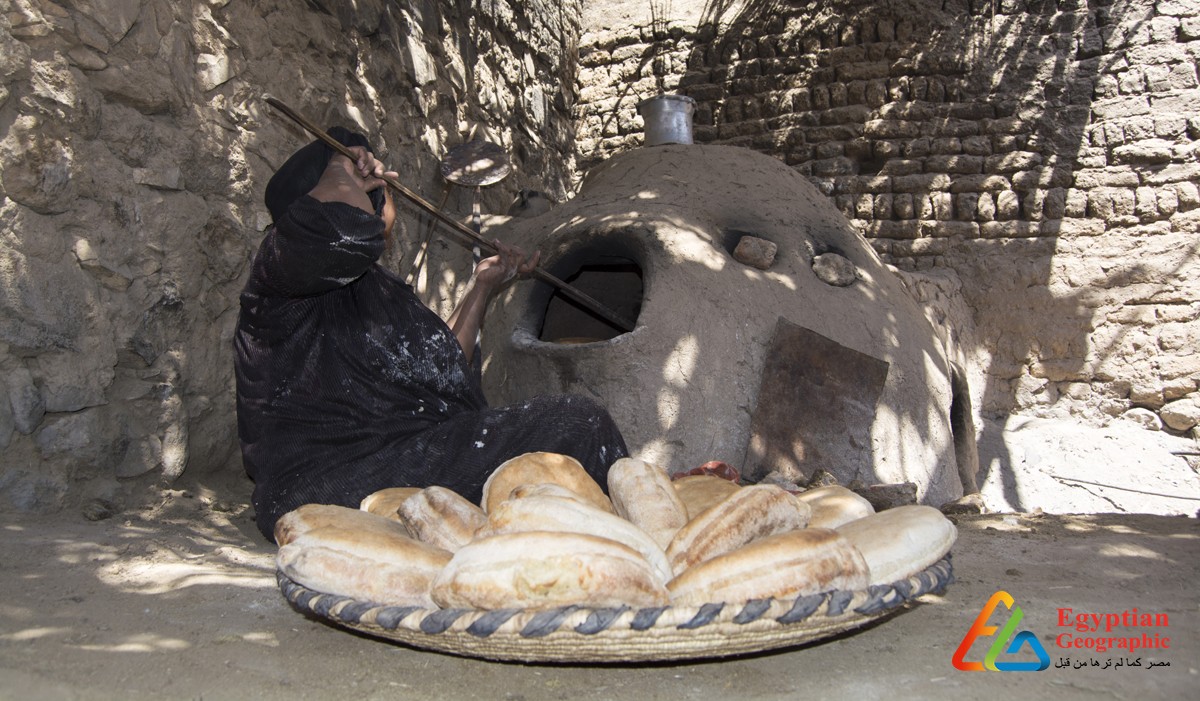







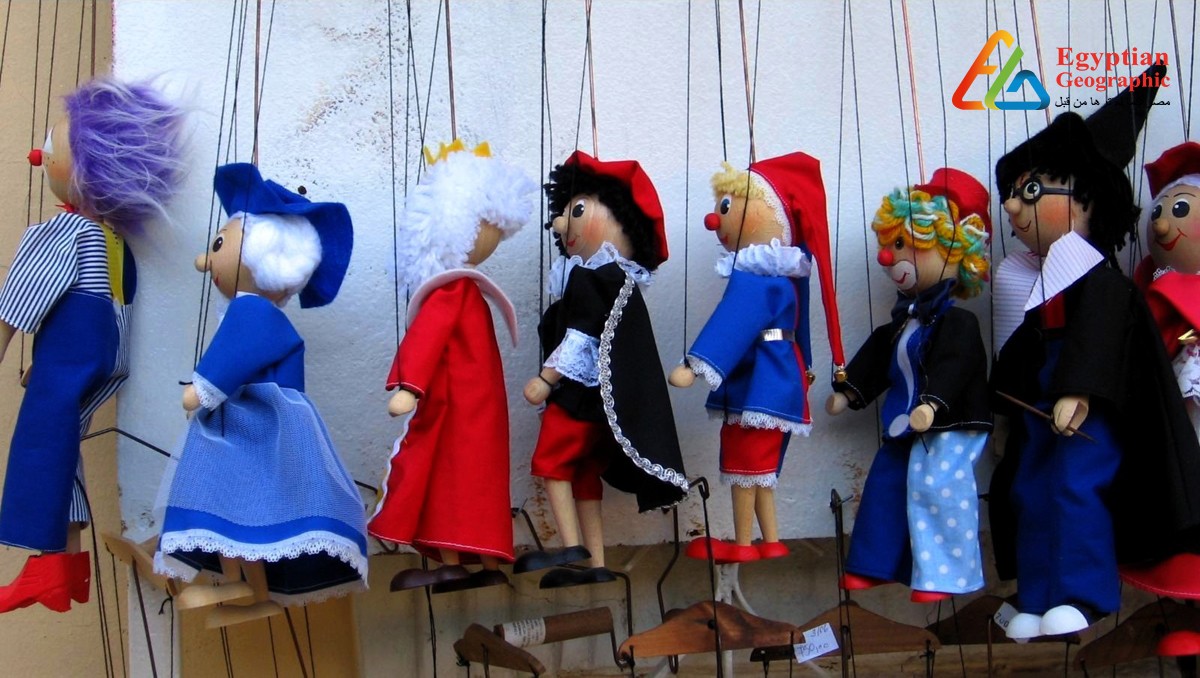
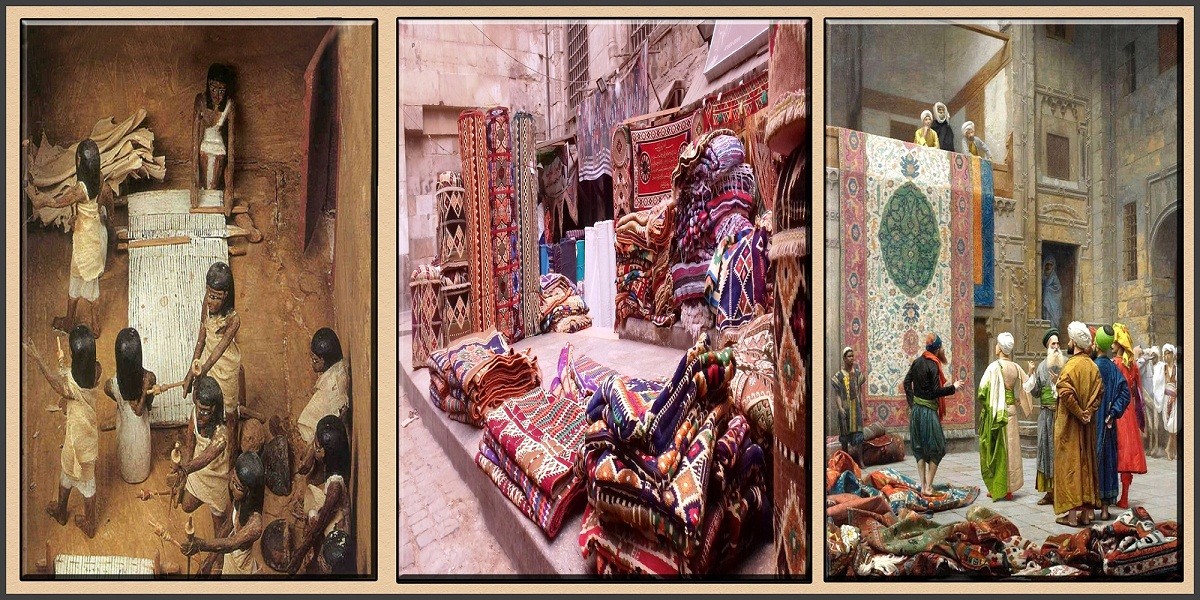


























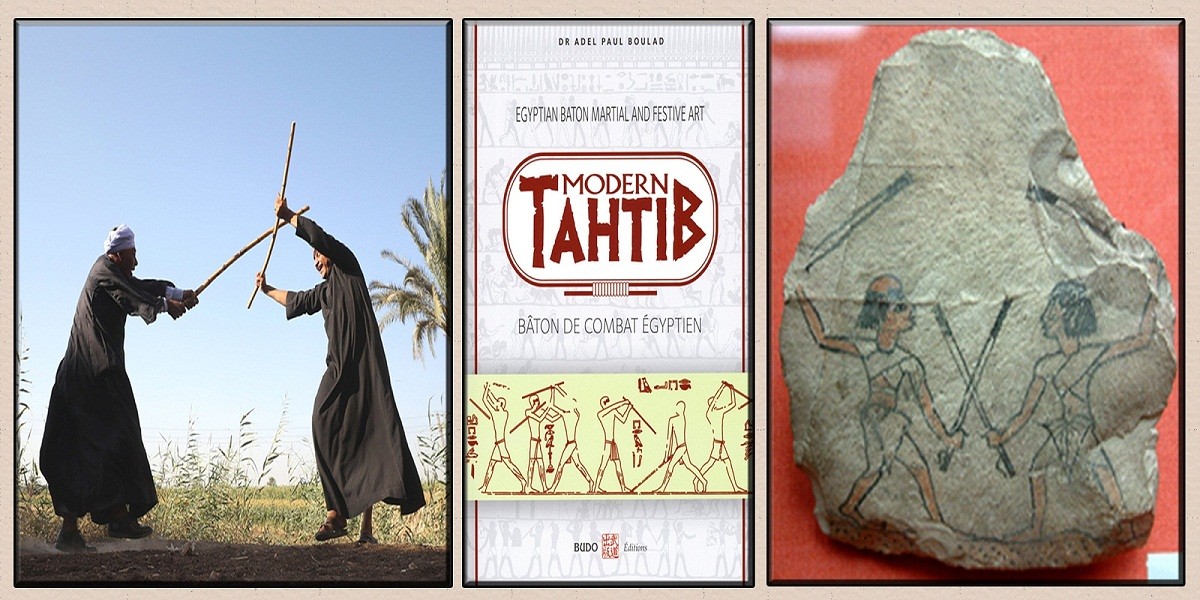
Egyptian Site & magazine